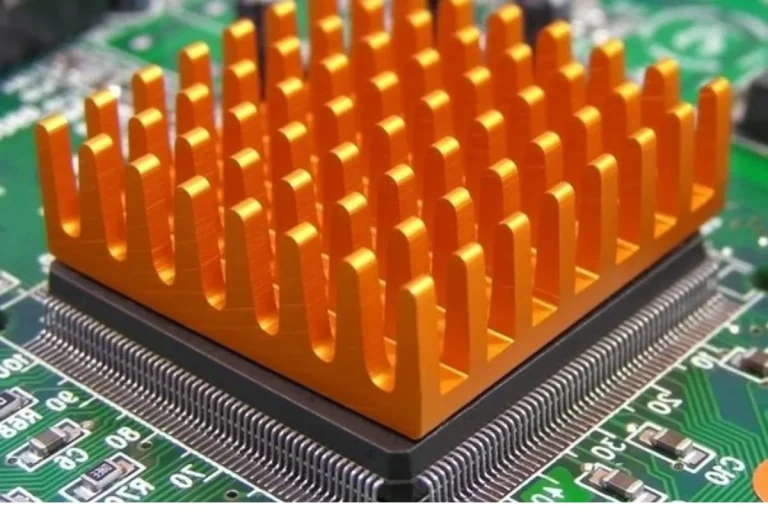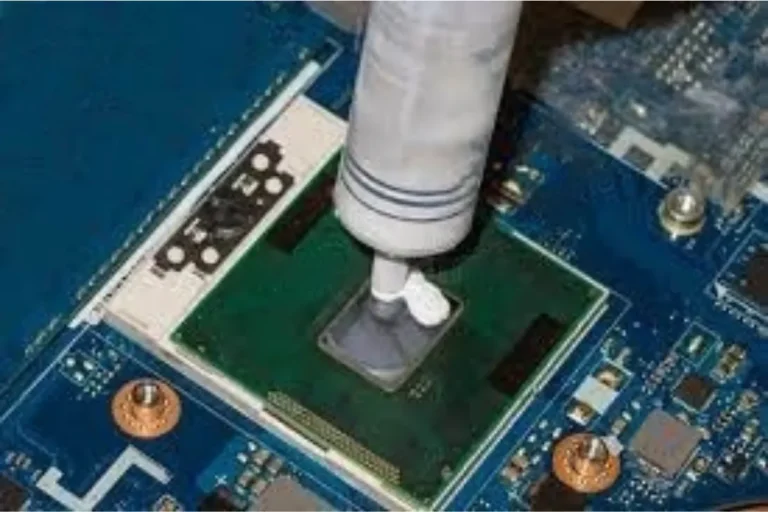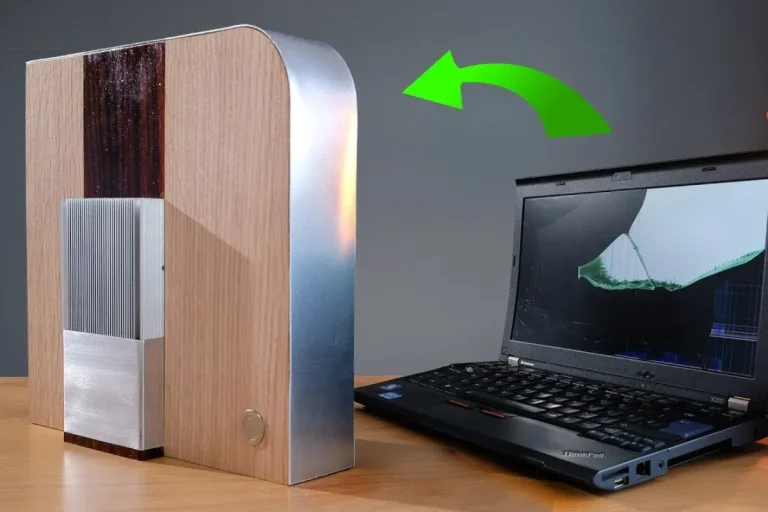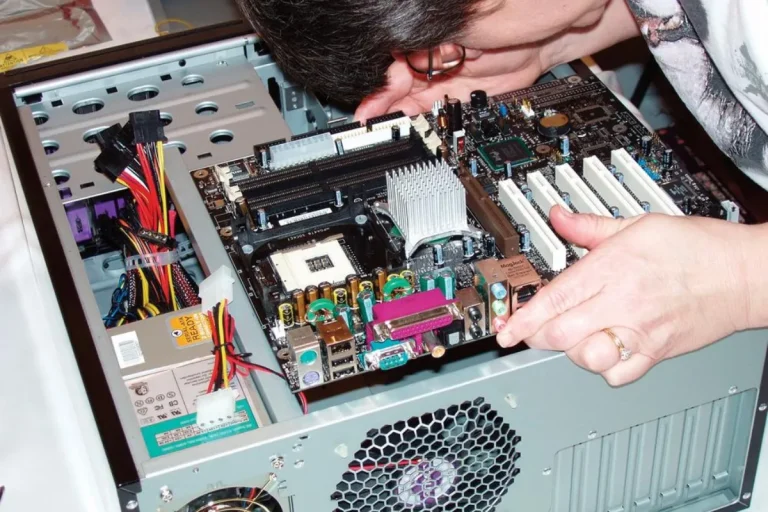Can I fit a DDR5 graphics card in a DDR4 motherboard?
Yes, it’s a burning question for gamers and PC enthusiasts alike. With the release of DDR5 graphics cards promising blazing-fast performance, many wonder if they can upgrade their existing DDR4 motherboards.
In this blog post, will delve into the compatibility concerns, explore alternative options, and help you future-proof your system. Get ready for some eye-opening insights.
Compatibility Issues
When it comes to upgrading your graphics card, compatibility is paramount. In this section, we’ll dive into the compatibility issues between DDR5 and DDR4 technologies, shedding light on the physical and electrical differences that make them incompatible.
Physical and Electrical Differences
DDR5 and DDR4 graphics cards differ not only in terms of performance but also in their physical and electrical characteristics. DDR5 cards utilize a different form factor and have a different number of pins compared to DDR4.
This means that physically inserting a DDR5 card into a DDR4 motherboard would be impossible due to the mismatched connectors.
Addressing Incompatibility
Due to the physical differences mentioned above, DDR5 graphics cards are not compatible with DDR4 motherboards. The mismatch in connectors and pin configurations prevents the two technologies from working together seamlessly.
Attempting to force a DDR5 card into a DDR4 motherboard could potentially damage both components and render them unusable.
Potential Risks and Limitations
While it may be disappointing to learn that you can’t fit a DDR5 graphics card into a DDR4 motherboard, there are some potential risks and limitations to consider.
Upgrading to a DDR5 motherboard to accommodate a DDR5 graphics card requires additional expenses and time. Additionally, you may also need to upgrade other components such as the CPU and power supply to fully utilize the capabilities of DDR5 technology.
Upgrading the Motherboard
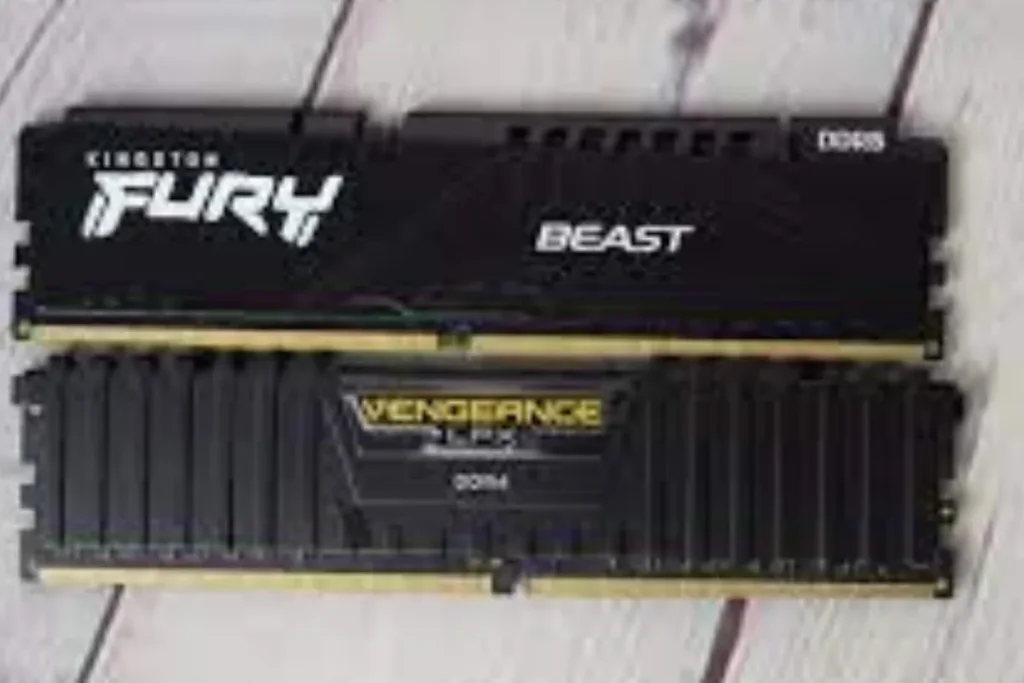
If you’re eyeing a DDR5 graphics card but currently have a DDR4 motherboard, you might need to consider upgrading your motherboard to ensure compatibility. In this section, we’ll explore why upgrading the motherboard is necessary, the benefits it brings to overall system performance, and provide tips for choosing a compatible motherboard.
Explaining the Necessity of Upgrading
To take full advantage of the capabilities of a DDR5 graphics card, upgrading your motherboard becomes a necessity. DDR5 technology requires specific hardware support, including a compatible motherboard with the right chipset and socket.
Upgrading the motherboard allows you to unlock the full potential of DDR5, ensuring seamless performance and compatibility.
Discussing the Benefits of a New Motherboard
Besides DDR5 compatibility, a new motherboard offers several benefits for your overall system performance. It allows you to take advantage of the latest CPU architectures, faster memory speeds, and improved connectivity options.
Upgrading the motherboard can significantly enhance your gaming and computing experience, providing a solid foundation for future upgrades.
Providing Tips and Considerations
When choosing a compatible motherboard for your DDR5 graphics card, there are a few factors to consider. Firstly, ensure that the motherboard supports your chosen CPU and has the necessary PCIe slots for your graphics card.
Look for features like sufficient RAM slots, storage options, and expansion slots to meet your needs. Additionally, consider the motherboard’s power delivery, cooling capabilities, and the overall reputation and quality of the brand.
Alternatives for DDR4 Motherboards
If you’re hesitant to upgrade your DDR4 motherboard but still want to enjoy the benefits of DDR5 graphics cards, don’t worry! In this section, we’ll explore some alternatives that allow you to use DDR5 graphics cards with your existing DDR4 motherboard.
External Graphics Enclosures
One option is to use an external graphics enclosure. These enclosures connect to your laptop or desktop via Thunderbolt or USB-C and allow you to connect a desktop graphics card externally. While this solution may not provide the same level of performance as a dedicated PCIe slot, it can still give a significant boost to your graphics capabilities.
PCIe Adapters
Another alternative is to use a PCIe adapter. These adapters can convert a PCIe x16 slot, typically used for graphics cards, into a compatible slot for your DDR5 graphics card. However, it’s essential to ensure that your motherboard’s power delivery and cooling can handle the increased demands of the DDR5 card.
Hybrid Memory Modules
Some manufacturers have introduced hybrid memory modules that combine both DDR4 and DDR5 technologies. These modules are designed to work with DDR4 motherboards while still offering some of the benefits of DDR5, such as increased memory speeds.
While not as powerful as a full DDR5 setup, this can be a cost-effective solution for those who want a performance boost without upgrading their entire system. While these alternatives can provide some compatibility between DDR5 graphics cards and DDR4 motherboards.
Frequently asked questions
1. Why should I invest in a DDR5 motherboard for the future?
Investing in a DDR5 motherboard ensures compatibility with upcoming technologies and advancements. DDR5 offers faster memory speeds, increased bandwidth, and improved power efficiency compared to DDR4.
2. What are the potential benefits of future DDR5 graphics cards?
Future DDR5 graphics cards are expected to offer significant performance improvements compared to their DDR4 counterparts. They will utilize the increased memory bandwidth provided by DDR5, resulting in smoother gameplay, faster load times, and enhanced graphics rendering.
3. How can I plan a system upgrade to future-proof my system?
When planning a system upgrade, consider factors such as compatibility, budget, and your specific needs. Start by researching DDR5 motherboards that are compatible with your existing components and future upgrades.
4. Can I use DDR5 memory on a DDR4 motherboard?
No, DDR5 memory is not compatible with DDR4 motherboards. DDR5 memory modules require a compatible DDR5 motherboard with the right chipset and socket.
5. Will upgrading to a DDR5 motherboard improve my system’s performance immediately?
Upgrading to a DDR5 motherboard alone may not provide an immediate performance boost if other components, such as the CPU or graphics card, are not upgraded accordingly.
Conclusion
In conclusion, it’s important to note that you cannot fit a DDR5 graphics card in a DDR4 motherboard. The two technologies are not compatible, and attempting to do so will result in system incompatibility and failure. To enjoy the benefits of DDR5, upgrading to a compatible DDR5 motherboard is necessary.
